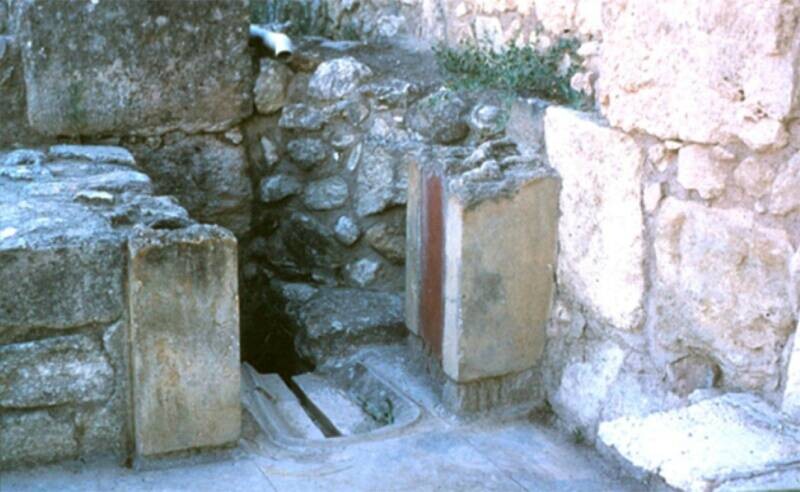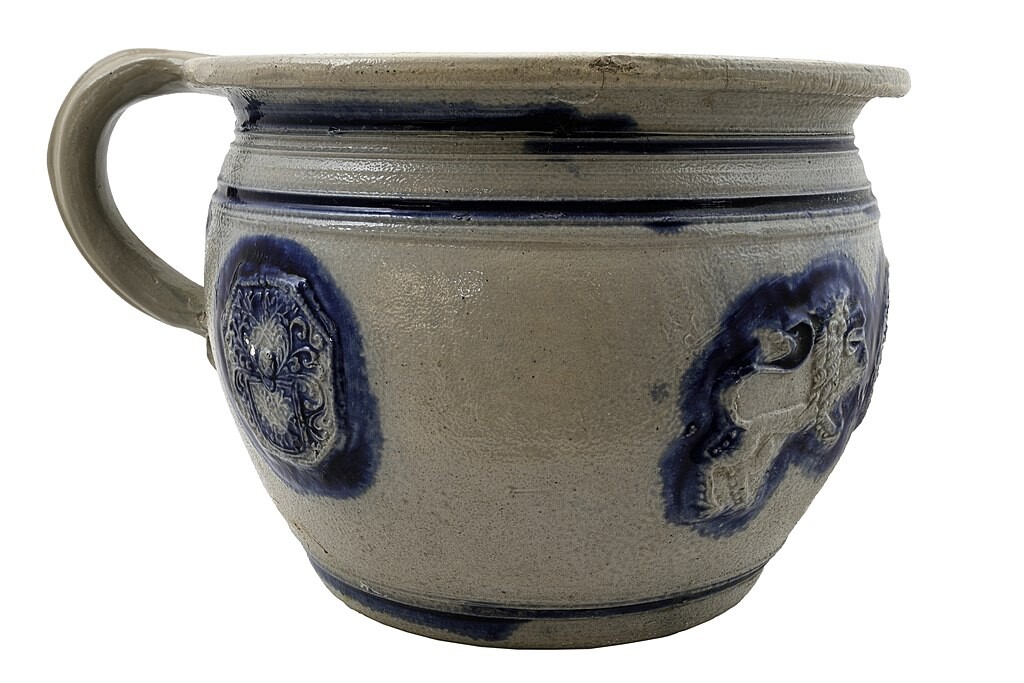A Brief Timeline Of The Toilet

Maybe one of the greatest drivers of any sort of modern innovation is convenience. Convenience, of course, being a more polite way of saying “not requiring a bunch of annoying bulls**t.” We can talk a big talk about modern innovations being made in the name of the greater advancement of civilization, but it feels like nine out of ten times, it’s so we don’t have to go to the grocery store anymore. Are we really disrupting the food delivery industry, or do we just not want to have to repeat our pizza order 5 times over the phone to a stoned teenager?
There is one modern convenience, however, that, despite being only about 2 centuries old, is massively underappreciated. That, of course, is the existence of a modern toilet that’s never more than a room or two away. It wasn’t too long ago that humans were loosing waste willy-nilly in all sorts of containers, with less grace than most modern litter boxes. The dirtiest dive bar toilet with a kicked-off stall door would seem medically sterile compared to some of the solutions the human race utilized for its waste in the past.
Don't Miss
So, what’s the timeline of the modern toilet? Like G.G. Allin at a porta-potty, let’s dive in.
3500 BC - First Pit Toilet
Mesopotamia is the site of one of the first known examples of a pit toilet, from around 3500 BC. You don’t need to be an etymologist to crack what exactly a “pit toilet” might entail. If you’ve got a passable enough imagination and a bare minimum understanding of context clues, you’ve probably got it about right. It’s where people crap in a pit. This is a low bar to clear, but it’s still relevant as the start of people’s realization that maybe there’s a better place to go to the bathroom than “right here.”
2000 BC - The First Flush

Public Domain
Versus a cesspit, which would have to be emptied by (a very gross) hand, the first “flush” toilet has been traced back to the ancient city of Knossos, with similar systems showing up in the Indus Valley (now Pakistan and India). As you might guess, this is still a long way from what we’d consider a modern flush toilet, but it was a better system than just, not caring. This exists with a latrine that had channels where water could be manually poured to clear the, uh, waste, down into the sewers.
1300 BC - Chamber Pots

The next development comes from a battle with one of mankind’s oldest and most relatable battles: the desire not to get out of bed when you have to pee. We may have to trudge only a couple feet to relieve ourselves nowadays, but when toilets were massively less common and probably also included going outside? Well, you come up with a solution. A horrible, horrible solution.
Chamber pots, if you don’t know, are pots, stored usually in the bedchambers, which you would just crap and piss into, and then empty later. It almost feels generous to include them as a mechanical innovation. It feels more like just everyone getting tired of waddling through the cold and agreeing it was ok to s**t in a bucket.
750 BC - Rome’s Public Toilets

Rome is a massively important location and empire in history, responsible for many developments and advancements that contribute to our modern lives. For example, Romans were well known for pioneering watching people beat the living hell out of each other for entertainment, a tradition that lives on today through TikTok videos of people fighting in a McDonalds.
However, the advancement we’re discussing here are Roman latrines, a huge step forward in human sanitation. Don’t get me wrong, we’re still many steps away from the modern porcelain throne. It’s still a room that would make a modern man puke like a rookie cop, but it was at least BETTER. These public latrines, usually located in bathhouses, had rows of marble seats with holes where you could do your business directly into the running water of the sewer systems below. They even had a little wiping station, with uh… sticks with sea sponges on them you could dip in water. That everybody… shared. Let’s keep moving.
1100s - Garderobes

Garderobes aren’t the most complicated form of toilet, but they might be the funniest. Garderobes would emerge mostly in medieval castles and some manor houses, and were basically little rooms that let you s**t off the side of your house. The garderobes in castles would be located high up next to or on the castle walls, where you could post up and send a turd careening down the sides of the castle like some sort of poo-poo pachinko machine. Put Steve-O at the bottom and this sounds like a Jackass stunt.
Even more fun? In some castles, the garderobes were literally suspended off a cliffside. You could send your special delivery off the side of a cliff to be dashed on the rocks below like a series of stinky lemmings. Speaking of stinky, garderobes also helped repel invasions, because, well, there’s one wall they’re not climbing up.
1596 - First Modern Flusher
The first toilet that resembles anything we might use today was invented in 1596 by Sir John Harington. It used water stored in a cistern above to flush away waste. However, his invention was not quite ready to be supported back then, as the water required was relatively a massive amount before the introduction of running water.
1770s - Water Closets

It would take until the 1770s for flush toilets to actually catch on. Central to this was Alexander Cumming’s 1775 patent for a flush toilet which included one of the most important developments, the S-Trap. Though the S referenced the shape of the pipe, it may as well have stood for “stench trap,” as that was its purpose. An s-shaped section of pipe kept an amount of water trapped in it, which prevented odor from rising up out of the toilet from the sewers below. This design exists in modified form today, after many advancements, including the U-Trap, often attributed to, I’m not kidding, Thomas Crapper.
1850s - Indoor Plumbing
With all these advancements, it would still take until the 1850s for toilets to be generally sanitary and, well, not completely disgusting enough to be brought into regular rooms of an indoor home. There, for the most part, is where they’ve stayed. So next time your leg is falling asleep while you scroll Instagram on the porcelain throne, thank your ancestors for all they did to get you to this point.
Top Image: